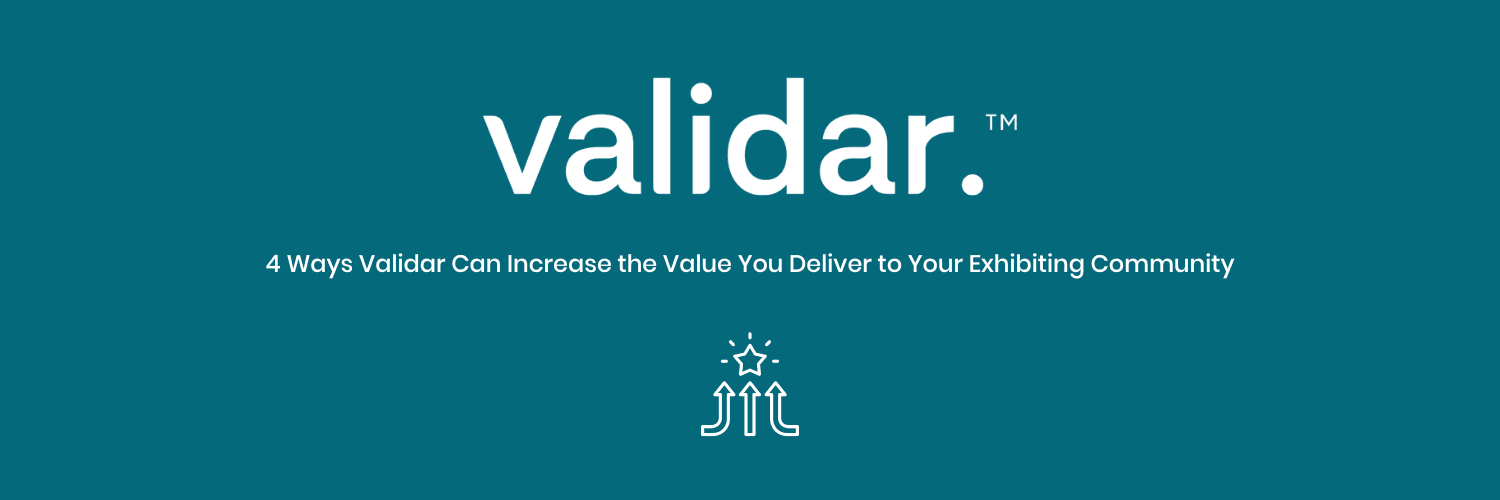Whether your company has $2 million in annual sales or $100 Million, the reasons (egos aside) for a user conference for technical products such as software, hardware, or almost any business-to-business product, are clear if you ask yourself the right questions.
- Do you have a large enough customer base? Do your users like your product? Can you feel their loyalty in conversations and at other shows? Some call it a “community of users” which is visible on Facebook, or other social media outlets. They didn’t just buy your product, they love your product. We understand that Salesforce had only 1,300 people at its first Dreamforce in 2003, yet in 2017 they expect 170,000. I know one software company that had 50 at their first conference but regularly have 250+ at succeeding events.
- Can the loyal customer base be turned into a community? Of course, this is partially what a user conference does -- create a community of users who have you and your products’ best interests in mind.
- Do your users have opinions and participate in your blog, visit your FAQ pages, attend your speaking events at other conferences, volunteer to review new releases, etc.?
- Do you have a certification program for your products? Whether for software or medical devices, if you have a brand and an industry following for your product, and you have a training class to certify users, you will have people who will attend your user conference. 20-30% of the program can be dedicated to enhancing/renewing their level of certification.
- Can the users benefit from ongoing training? Will new product releases require more training? Users play the ‘customer training’ card to justify going to a conference. A one-day track for training to jump-start the general conference is not uncommon.
- Do you have regular major product releases? Dedicated users like to know you are improving the product, and many are willing to attend an annual meeting that puts them into the circle of people who have the latest information.
- Can you insert some “fun” components into the program? Users like to talk to other users in a social setting. When asked about an event, users often say “Of course I learned a lot, met new people, took home some great ideas, and had fun.” I know some users who reverse that order, but the result is the same. It wasn’t a waste of time or money.
- Long breaks allow users to talk to one another (these are your best salespeople)
- Social hours and mixers
- Golfing events, etc.
- Entertainment
- User events are good sales events. Prospects who are on the edge of buying your solution will usually leave the event committed to the product. They have met users like themselves, heard expert testimony, and learned more about your product than could be offered by the salespeople. Organizers often ‘comp’ the prospect for the event. In addition, current users often walk away and commit to upgrades and new product purchases.
- Will a user event reduce customer ‘churn’? Many user conference hosts report that their churn rate was reduced substantially because the customer felt closer to the product and company, they got answers and solved issues, and they felt they were heard by people who care.
Decide if you need to break even or make money If you can get up to 500 attendees, you start making some serious money; with 1,000 to 1,500 attendees you can pay for a lot of other marketing programs. That is, if you price it to make money or break even to fill the event. If by ‘breaking even’ you mean ‘did the total revenue from the conference attendees pay for the total cost of the event,’ you may or may not break even. The real questions, far more important than breaking even or making money, are:
- Did you increase customer retention from the event? Are customers more loyal?
- Did current customers buy more products after the event?
- Did prospects ‘convert’ after the event and send in purchase orders?
- If you had an exhibit hall with vendors who are associated with you, did they get value that translates into royalty?
- Were there ‘outside’ speakers who feel closer to you as the sponsor for the event?
- Will you have an ‘exhibit hall’? Even a few dozen exhibits - - even if only table tops to start with - - help pay for the event and educate attendees.
Starting small? You may only have 50 people at your first one-day user conference, but you have to start someplace. If the program is solid, the expense reasonable, the venue nice, but not too off-putting and centrally located for your users, it’s good to start and build from year to year. It isn’t unusual to have a user conference in the same city as your corporate office. Does your staff have experience running a ‘user conference’? Maybe yes, maybe no, but there are many consultants who specialize in this area and they’re worth their cost to avoid mistakes; use their experience. Technology Needed? The technology required for a user conference includes:
- Program registration and payment processing
- Program check-in and Badge Printing
- Measuring event results
- Attendee Insight
- Lead Acquisition
- Event tickets
In the next blog post we will cover these requirements in the post: “The Basic Technology for a Successful User Conference is Vital.” For information about Validar’s Event Registration Solutions go here. In conclusion If you checked enough boxes at the beginning of this article you will probably come to the conclusion that a user conference can be profitable and an integral part of your marketing strategy.



.png&w=3840&q=75)


